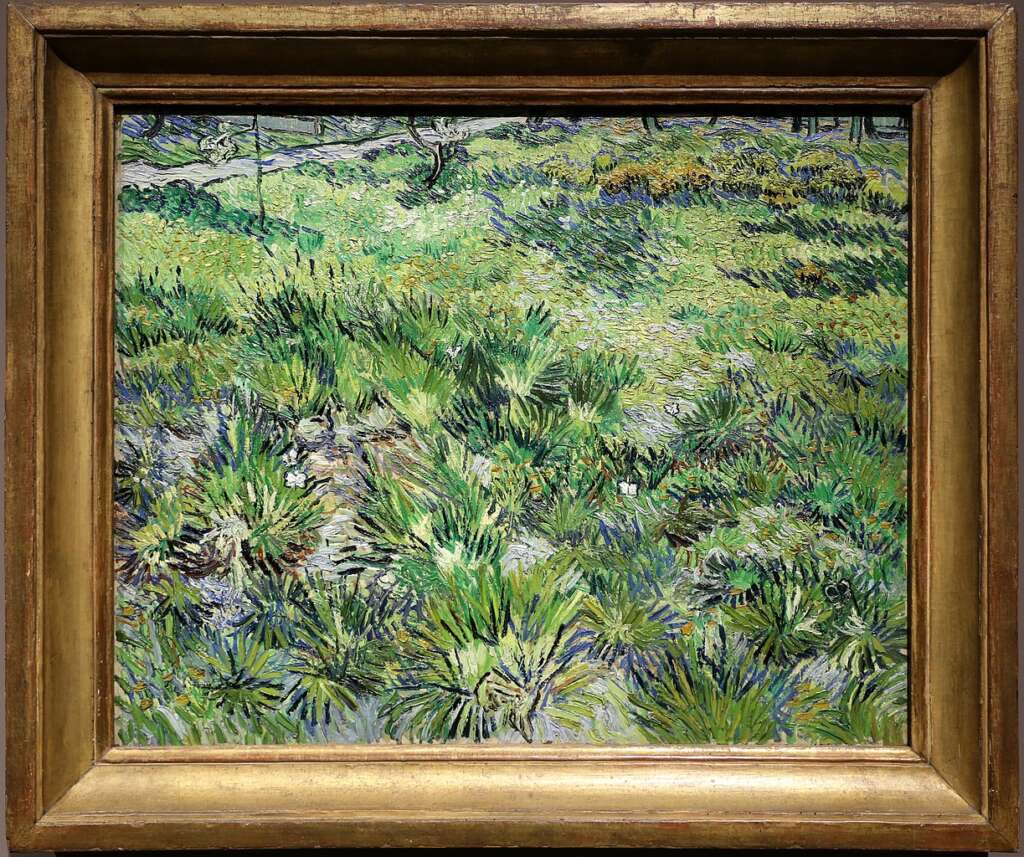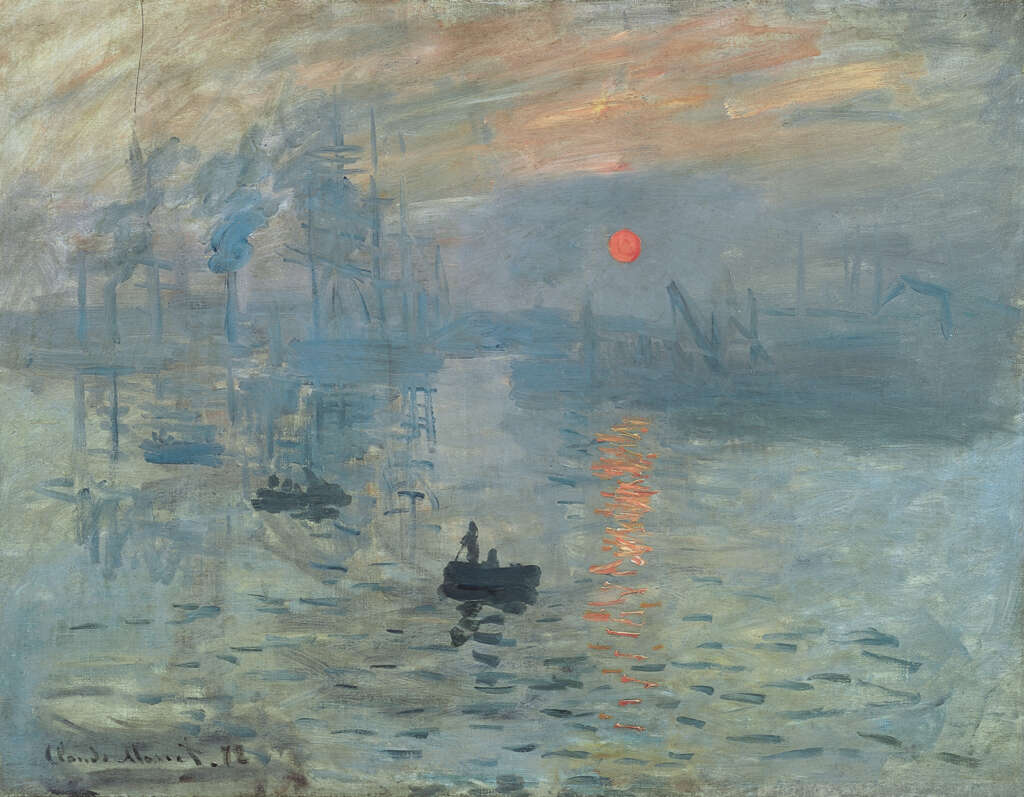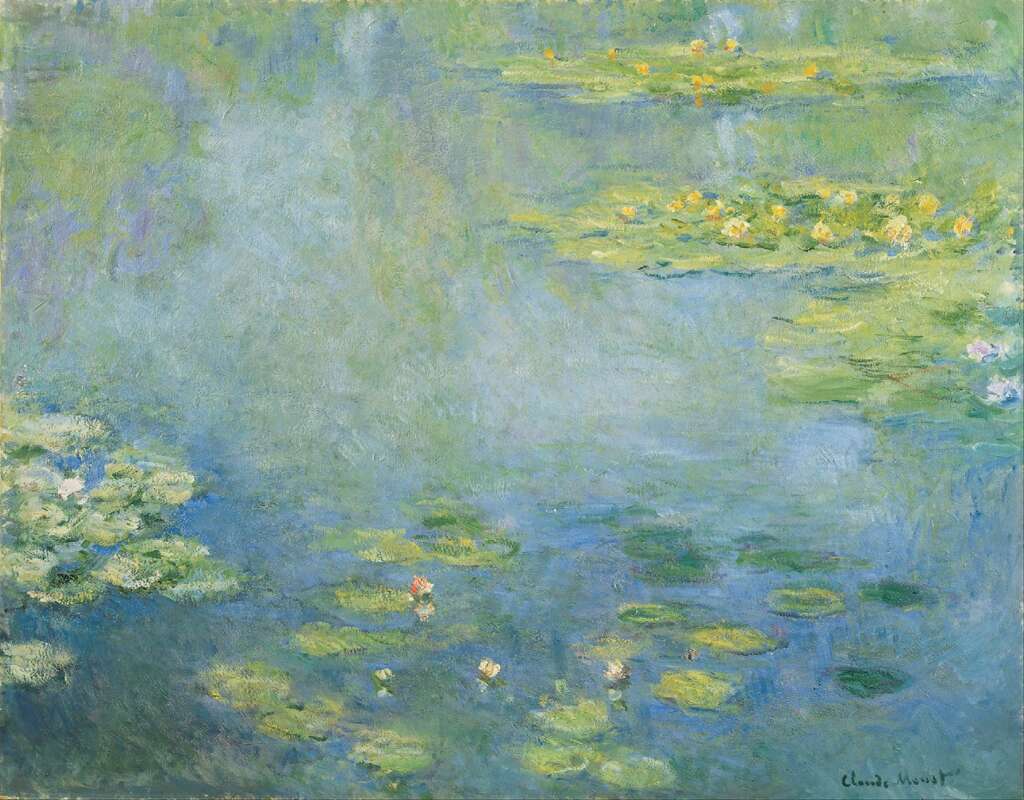WANT TO LEARN the history of western art in a single afternoon? The Hong Kong Palace Museum is showcasing the UK National Gallery’s prestigious painting collection – with 52 of the world’s finest masterpieces painted by fifty influential artists over a 400-year period.
All the big names are there, including Botticelli, Raphael, Titian, Caravaggio, Rembrandt, Goya, Turner, Constable, and Van Gogh. Yet Emily Zhou was most fascinated by the work of Claude Monet, the father of impressionism.
THIS REMARKABLE COLLECTION starts at the end of Classicism. During the reign of Classicism, beauty could be defined and judged in terms of composition, colour and understanding of the figure.
Standing in front of the Impressionist paintings in the National Gallery, London, however, you will see that the Impressionist masters all created different and unique styles of painting. Each artist put their own “stamp” on their paintings as they began to develop their own perceptions of art and beauty.

NEW VISUAL LANGUAGE
Technological advances in the nineteenth and early twentieth centuries revolutionised European society and much of the world. Artists used a new visual language, as well as new synthetic paints, to depict the everyday, the individual, and the environment. They often painted the play of light with a bright palette and captured a moment with loose brushstrokes and unblended colours.
This revolution in art was launched by Claude Monet, a French painter. And even the name “Impressionism” was given by his masterpiece Impression, Sunrise (“Impression, soleil levant”), displayed at an exhibition in 1847. Although the art critic Louis Leroy wrote a hostile review of Monet’s painting for its hazy depiction of Le Havre harbour and stylistic detour, more progressive critics praised his depiction of modern life.

Impression, Sunrise made Monet famous, but the waterlily was his favourite subject to copy. Monet created more than 250 water lily paintings in his lifetime, some of which were painted at the same spot but at different moments and under different light conditions.

In 1883, Monet and his family rented a house and gardens in Giverny, which gave him the domestic stability he had not yet enjoyed. There was a barn that served as a painting studio, plus orchards and a small garden. The surrounding countryside provided Monet with many natural areas for painting. The family worked and developed the gardens and Monet’s fortunes began to change for the better as his paintings sold more successfully. The gardens were Monet’s greatest source of inspiration for 40 years.

Monet began to paint waterlilies from 1899. Before the reign of impressionism, when painters copied natural landscapes, they usually made their sketches outdoors and then returned indoors to paint colours. Monet, however, broke this tradition and completed his sketches and colours outside in order to maximise his time in nature’s beauty.

The various images he painted showed the water lily pond in different seasons and at different moments. The depth of field allows the viewer to see the passing wind, the flickering of light and shadow in the still paintings.

The year 1912 was a turning point in Monet’s career. We can see from the paintings before that date that the blocks of colour and the strokes of the brush, which were irregular at close range, became very realistic and rational at a distance – this is the point that best reflects the level of Monet’s painting. It was his profound understanding and control of light, shadow and colour that enabled him to do this.
The 1910s wer a tough period for the artist. His second wife and beloved eldest son passed away in 1911 and 1914 respectively, during which Monet began to develop the first signs of possible cataracts. Plus there was the breakout of the first World War in 1912: his broad strokes became broader, and the hue of paintings turned darker and hazier.
During the war, in which his younger son was serving, Monet painted a series of Weeping Willows as a tribute to the French soldiers who had fallen. During the war, he devoted himself to decorating his garden.
Monet died of lung cancer on 5 December 1926, aged 86, and is buried in the cemetery of Giverny church.
Stepping out of the Palace Museum in the late afternoon, I couldn’t help but be captivated by the evening sunlight outside the huge glass windows – the setting sun turning the waters of Victoria Harbour a magnificent orange-red canvas.

The mountains and architecture in the distance, and the cruise ships gliding slowly across the water, all left their hazy reflections on the sea surface.
The scene in front of me reminded me of Impression, Sunrise, from which I believe Monet gave the world the best description of how to paint natural landscapes.
